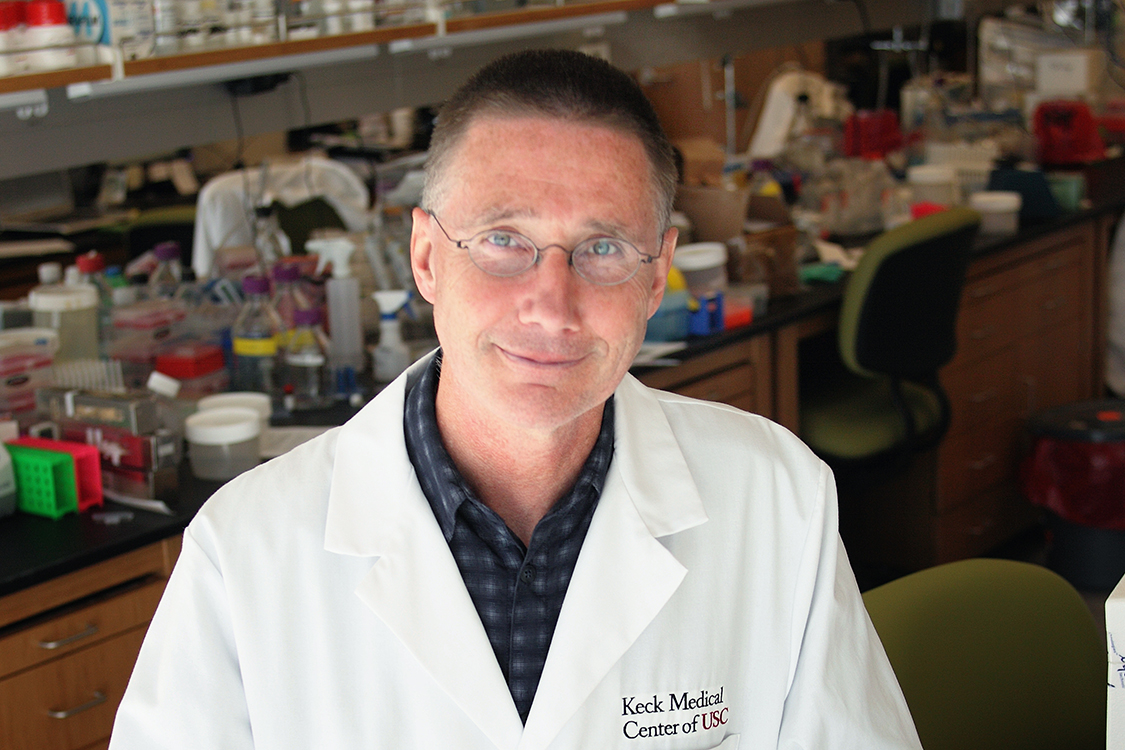
In 1993, the Human Frontier Science Program (HFSP) funded three researchers through one of the program’s prestigious Research Grants to work jointly on patterning of the mid-hindbrain region of the vertebrate embryo. Their transatlantic project is a textbook example of a collaboration between three investigators who followed their instincts in curiosity driven research and two decades later are able to present a major breakthrough in the treatment of skin cancer.
Andy McMahon, then at Harvard University and now at the University of Southern California, Clifford Tabin, Harvard Medical School, and Philip Ingham, then at the Imperial Cancer Research Fund in Oxford and now at A*STAR Singapore, joined efforts to investigate fundamental mechanisms that regulate the development of the early mid-hindbrain region in zebra fish, chick and mouse.
They wanted to unravel the regulation of gene expression patterns during vertebrate brain development and to determine whether the signaling molecule hedgehog known in the fruit fly Drosophila is evolutionarily conserved in vertebrate species.
Ingham and McMahon had already found striking similarities in the spatial relationship between two other developmental genes (Engrailed and Wnt-1) in Drosophila and the mouse. They speculated that what they had discovered might correspond to an analog of a regulatory genetic loop involving hedgehog in the fruit fly. Setting out to identify hedgehog genes in vertebrates, they approached Tabin who was interested in investigating the role of the same genes in the chick limb.
The team’s early findings were spectacular: not only did their collaborative research result in the discovery of three distinct hedgehog genes but they also found that one of them – the so called Sonic hedgehog gene (Shh) – encodes a signal that specifies the identity of a variety of neuronal progenitor cells along the developing neural tube of the vertebrate embryo. Moreover, results of misexpression in the chick limb showed that Shh also acts as the long sought after signal that specifies digit number and pattern.
Subsequent studies by the team, as well as many other researchers who followed their lead, showed that Shh plays multiple roles in development, including the induction of hair follicles in the skin – and importantly, inappropriate activation of the pathway controlled by Shh in skin progenitors was found to be a major cause of Basal Cell Carcinoma (BCC). Patents filed over the coming years helped facilitate the establishment a of a small biotech company, Ontogeny, that began screening for Shh agonists and antagonists. Ontogeny gave rise to Curis Inc., which together with Genentech developed the anti-Shh drug Erivedge. In 2013, exactly 20 years after the award of their HFSP Research Grant, the European Medicines Agency approved the use of Erivedge as an anti-cancer drug, whose origins can be traced back to this initial collaboration. The decision in Europe followed approval of the drug in the USA by the FDA in 2012. The drug is now in use for treatment of metastatic BCC.
The 1993 HFSP Hedgehog grant testifies to the importance of supporting basic research into fundamental biological mechanisms. The team’s landmark discovery of Shh was the stepping stone for further important discoveries in animal development and the hedgehog pathway proved to be a rich treasure trove for a plethora of processes including several other cancers.
